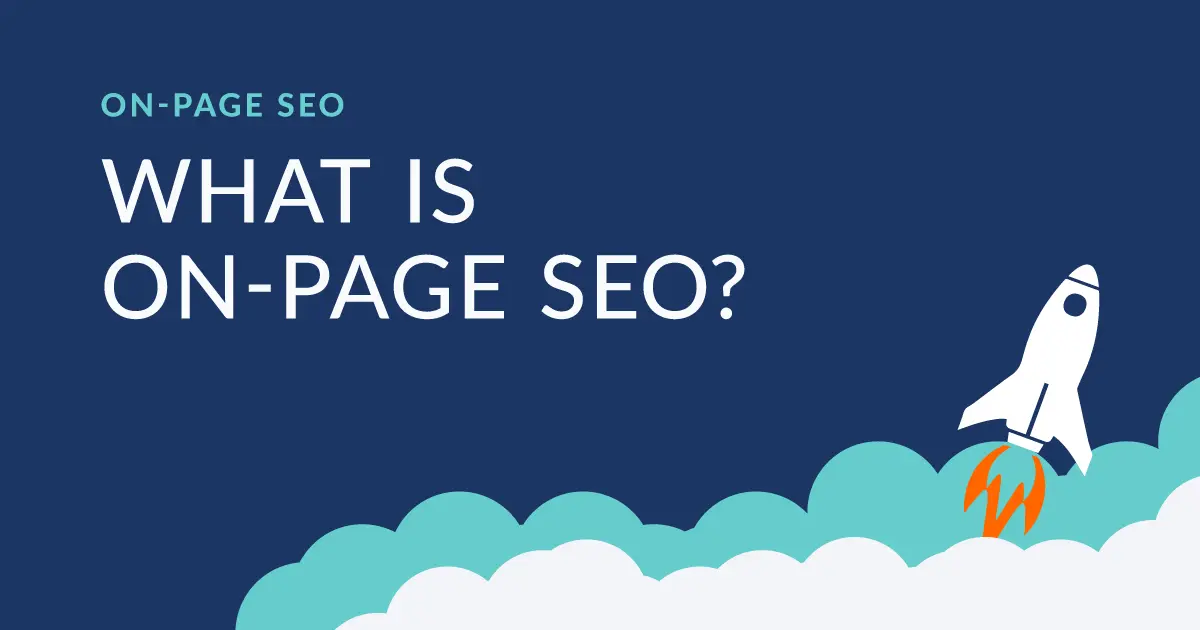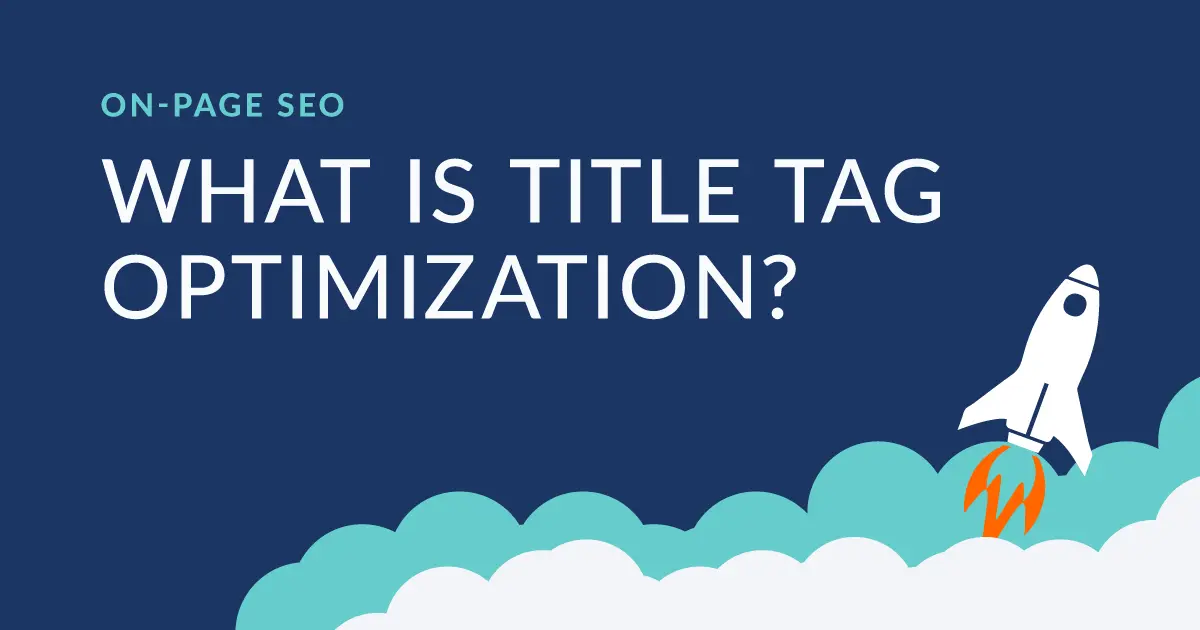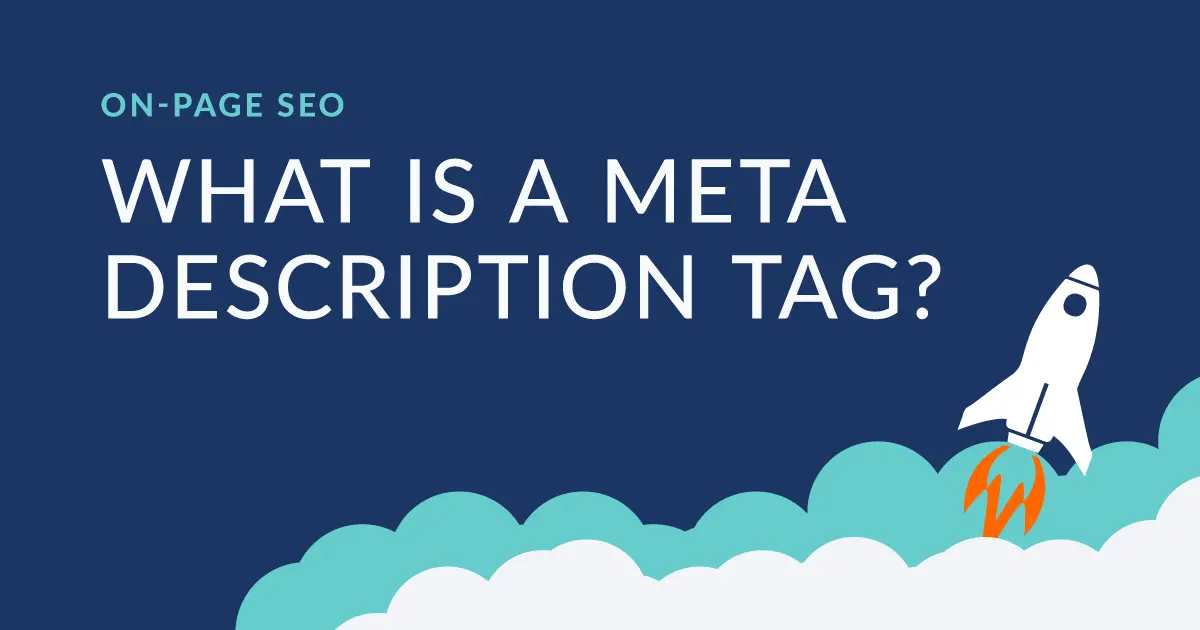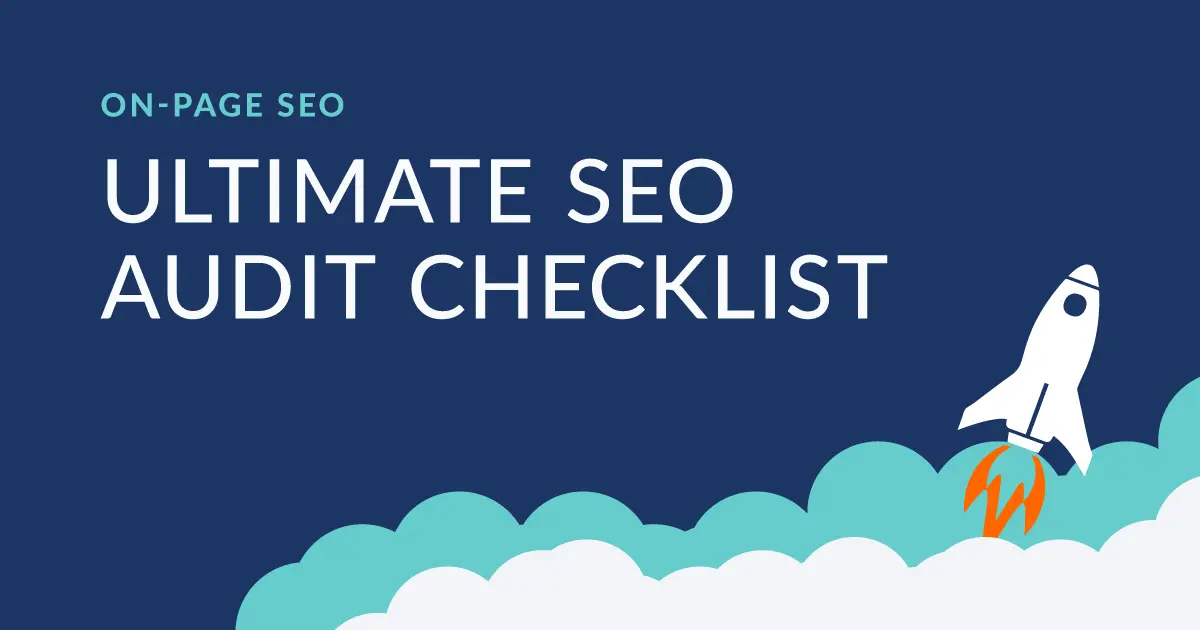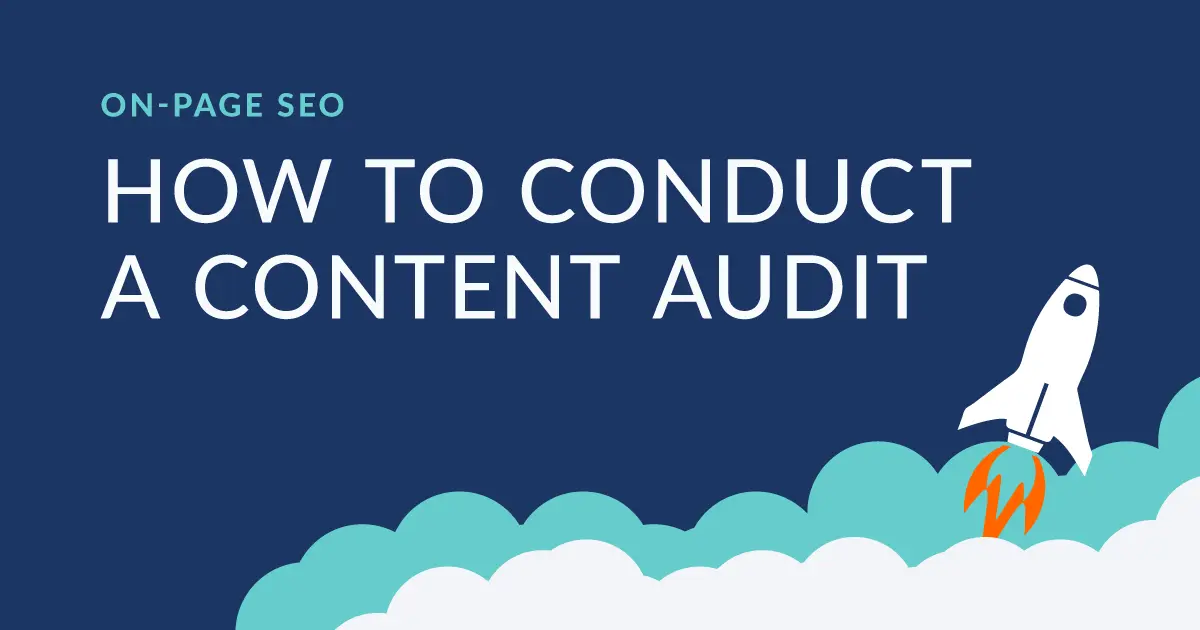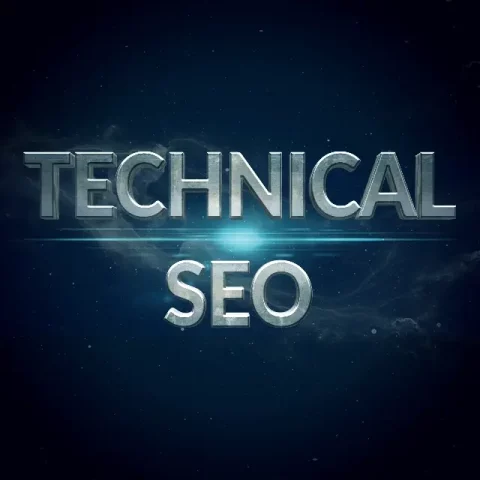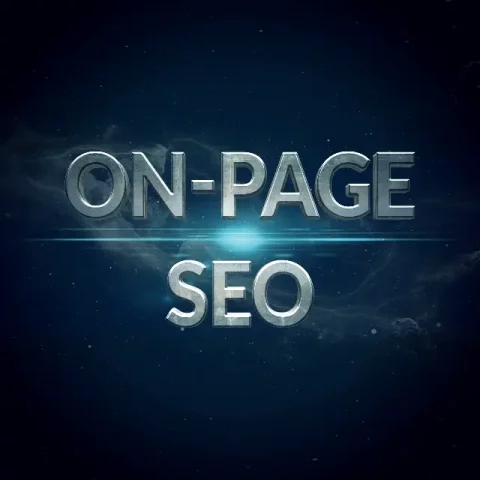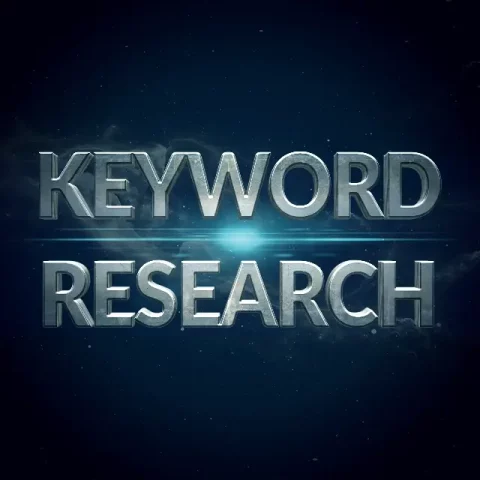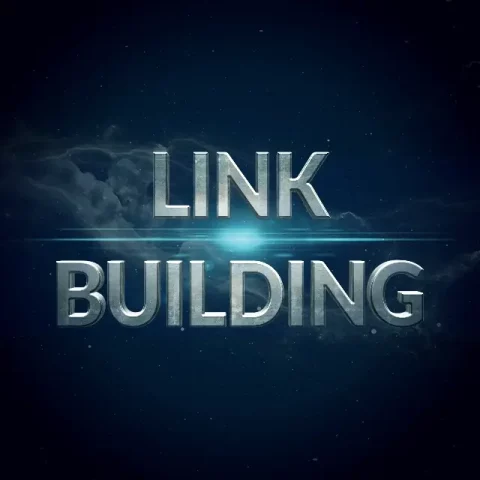On-Page SEO

Dive in to discover the essentials of On-Page SEO and unlock the potential of your online presence. Designed to be both enlightening and accessible, our articles will guide you through optimizing your web pages to boost their search engine rankings.
In the event you are just embarking on your SEO journey, be sure to check out our Ultimate SEO Guide for Beginners – the perfect starting point for a deep dive into everything you need to know to boost visibility and performance.
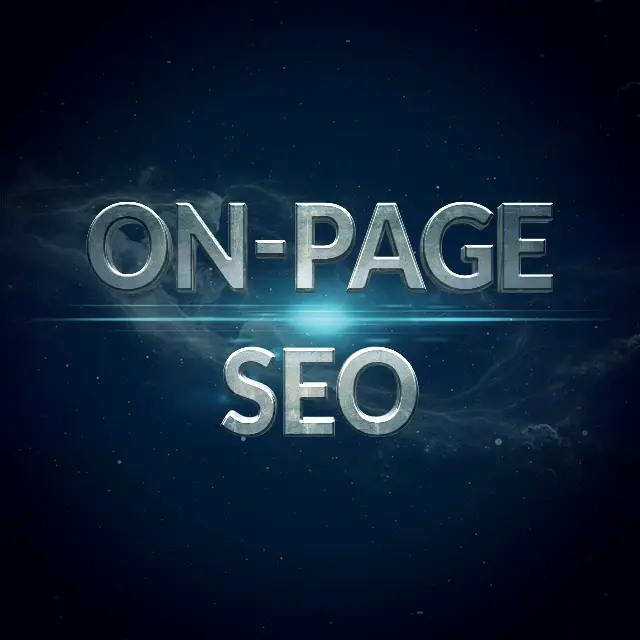
Frequently asked questions
You're not alone. Marketing is becoming increasingly complex, so it's natural to have questions. Check out our topical FAQ's for understanding and insight.
General
On-Page SEO involves optimizing individual web pages to rank higher and earn more relevant traffic in search engines. It encompasses both the content and HTML source code of a page that can be optimized, such as titles, meta descriptions, and headings.
It’s crucial because it tells search engines about your website and its content, and whether it’s relevant to a searcher’s query. By optimizing these components, you’re improving your website’s visibility and user experience, which contributes to higher rankings and more traffic.
Title tags should include your target keyword and be enticing enough to prompt users to click. Keep them under 60 characters to ensure they display fully in search results. Incorporating the keyword near the beginning of the title tag can also improve its relevance to search queries.
Meta descriptions provide a brief summary of a page’s content and are displayed in search results. While they don’t directly influence rankings, a well-crafted meta description can improve click-through rates by giving searchers a quick insight into what the page is about.
Focus on creating quality content that addresses your audience’s needs and questions. Use your target keywords naturally throughout the text, include them in headings and subheadings, and ensure your content is easy to read by using short paragraphs and bullet points.
Header tags (H1, H2, H3, etc.) help structure your content and make it easier to read. The H1 tag, which typically includes the main keyword, is especially important for SEO as it indicates the primary topic of a page.
Images can significantly enhance user experience and page engagement, but they need to be optimized for SEO. This includes using descriptive filenames, writing alt text that includes your target keywords, and ensuring images are compressed for fast loading.
Internal linking involves linking to other pages within your website. This practice helps distribute page authority throughout your site, allows users to navigate more easily, and helps search engines discover more pages, improving site indexing.
9. **How does site speed affect On-Page SEO?**
– Site speed is a crucial ranking factor. Websites that load quickly offer a better user experience, which can lead to increased engagement and reduced bounce rates. To improve your site’s speed, consider optimizing images, leveraging browser caching, and minimizing code. Google provides a useful tool, PageSpeed Insights, which can help you analyze your website’s speed and offers recommendations for improvement. Enhancing your site’s speed not only boosts your SEO but also significantly improves your visitors’ browsing experience.
While social sharing buttons themselves don’t directly influence rankings, they can increase content visibility and traffic by encouraging users to share your content on social media. This increased engagement can indirectly benefit your SEO efforts.
More SEO articles like this
Expand your business horizons
Need to create your FREE dashboard? Get started here

